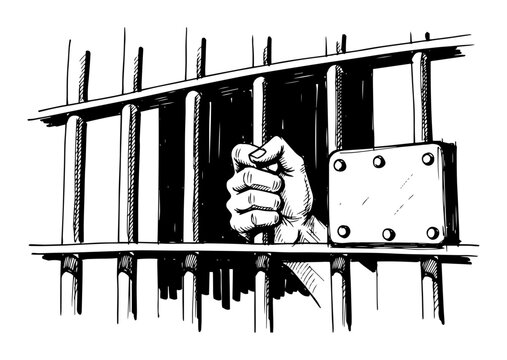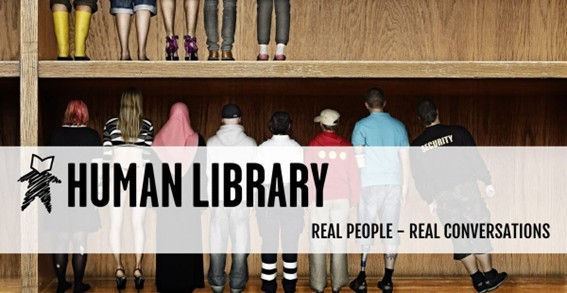Connected Behind Bars: The Promise and Risks of Digital Learning
- Lea Fruehauf

- 2 sept.
- 2 min de lecture
Digitalisation has become increasingly important across Europe in social and professional life. From early education to professional careers, digital technologies are everywhere. Children learn their first letters on interactive boards, while YouTube videos help teenagers understand complex topics such as DNA. Professionals rely on online platforms to stay up to date in their fields, and adults use digital tools to learn new skills or languages. The internet provides endless opportunities for learning, allowing individuals to decide what, how, and when they learn. Yet not everyone has equal access to these resources, and prisoners often face significant barriers to digital education.

Risks:
Access to digital technologies in prisons is increasingly necessary, but concerns remain regarding security, privacy, and implementation. A common argument against greater digitalisation is the potential misuse of devices for illegal activities. Insufficiently secure systems may lead to data breaches or unauthorized access. Furthermore, digital educational programs require professional pedagogical support, which is often limited due to financial and personnel constraints. Without proper supervision, digitalization may reinforce inequalities among prisoners. Some may lack guidance, while others with limited digital skills may not receive adequate support.
Opportunities:
On the other hand, digital tools can greatly enhance access to education and support equal opportunities and rehabilitation for prisoners, as shown by studies in Spain (Pulido, 2021), Austria (Hofinger & Pflegerl, 2024), and England (Centre for Social Justice, 2021). Digital education enables learning through online courses and the development of digital skills, which are increasingly important in the labor market. Greater access to education can boost career prospects, support resocialization, and reduce recidivism rates. It may also help address the high prevalence of mental health issues, affecting around 43 % of prisoners (Centre for Social Justice, 2021). Expanding educational opportunities can provide direction, purpose, and a sense of future possibilities. Moreover, digital platforms allow inmates to maintain contact with family and familiar social networks during periods of isolation. This supports psychological well-being and further facilitates successful reintegration into society.
Overview:
Recent studies highlight both opportunities and risks of digitization in prisons. While digital tools can foster resocialization, improve career prospects, and potentially reduce recidivism, they also require clear rules and safeguards to prevent misuse and ensure equal access. Professional support in using digital media is therefore essential. The overall impact of digital education in prisons largely depends on the quality of its implementation. If carefully managed, it can provide substantial benefits not only for the incarcerated individuals but also for society as a whole. Properly implemented, digital education benefits both prisoners and society, fostering skills, well-being, and successful reintegration.
References:
Centre for Social Justice, 2021: https://centreforsocialjustice.org.uk/wp-content/uploads/2021/01/CSJJ8671-Digital-In-Prisons-INTS-210114-WEB.pdf?utm_source=chatgpt.com






Restriction of access is one of the purposes of prison. However, if prisoners are expected to reintegrate into this fast changing digital society after rehabilitation, having access to tools to improve their digital skill is crucial. Great article!